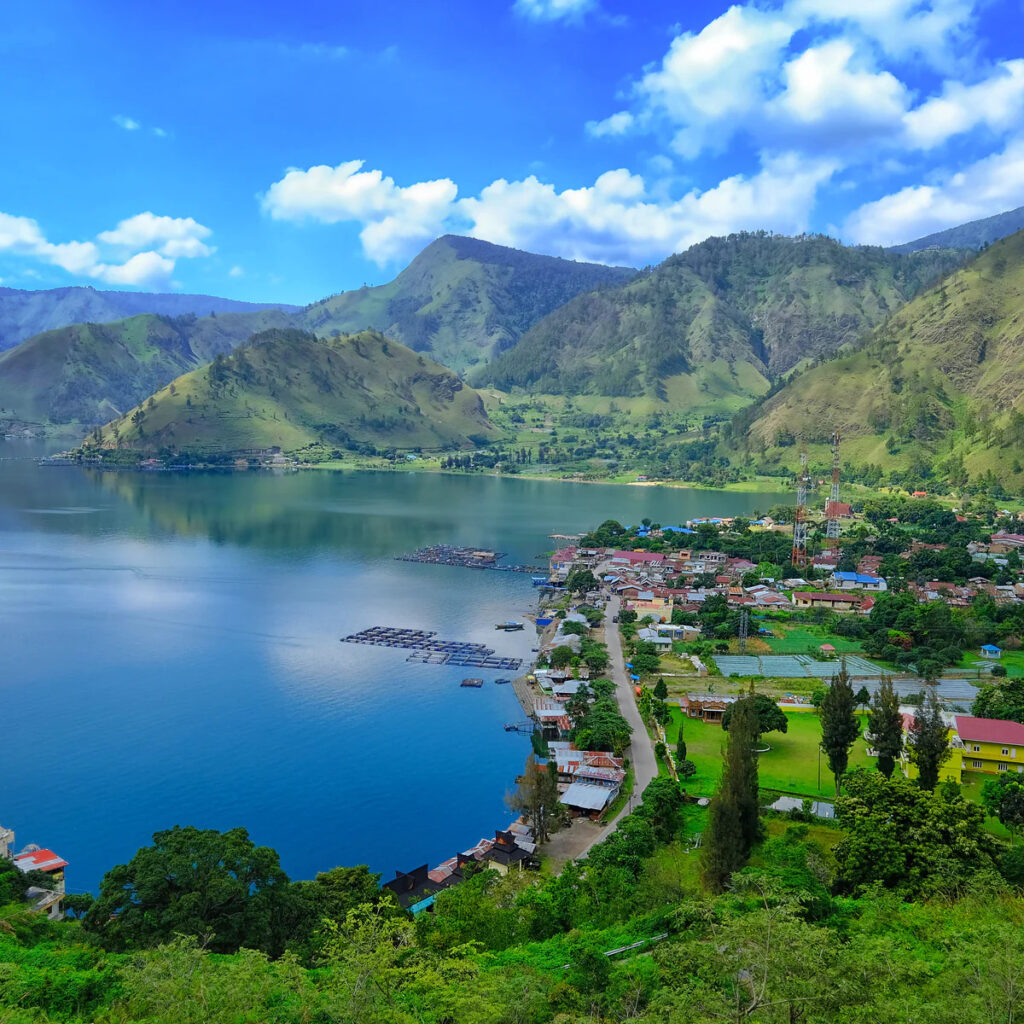
Located in the Sunda Strait between the Indonesian islands of Java and Sumatra, Krakatoa is a volcanic island that has played an important role in world history. Krakatoa’s explosive eruption in 1883 was one of the largest and most devastating in recorded history, and its aftermath had far-reaching effects that are still felt today. This article examines Krakatoa’s history, its eruptions, and its continuing impact on the world.
Krakatoa has a long history of volcanic activity, with recorded eruptions dating back to the 16th century. The island was largely unknown to the West until his 19th century, when the 1883 eruption brought it to the attention of the world. On August 26, 1883, Krakatoa erupted with such force, creating one of the largest and most devastating tsunamis in recorded history. The burst was so powerful that in Perth, Australia he could be heard over 3,000 miles away.
The effects of the eruption were devastating. The tsunami caused by the eruption killed an estimated 36,000 people and destroyed the island itself, leaving only a fraction of its original size. The ash and dust from the eruption also lowered the Earth’s temperature, resulting in vivid sunsets and red skies several years after the eruption. Despite its destructive power, Krakatoa has become a popular tourist destination. Visitors to the island can explore its history and experience the natural beauty, including the lush vegetation that has grown on the island since the eruption. Visitors can also take a boat tour of the island to enjoy stunning views of the surrounding sea and islands.

Krakatoa’s eruption also had a lasting impact on the scientific community. The eruption provided a wealth of information about volcanoes, including how they formed and their far-reaching effects on the world. Scientists use data from eruptions to study volcanoes and earthquakes around the world, helping us better understand these natural phenomena and prepare for future events.
In addition to its natural beauty and historical importance, Krakatoa is also known for its unique wildlife and ecosystems. The island is home to a variety of flora and fauna found nowhere else in the world. These include birds, reptiles and insects adapted to the island’s unique conditions. Visitors to Krakatoa can take guided tours to see the wildlife up close and learn about the unique adaptations that have allowed these species to survive on the island.
One of Krakatoa’s most unique and fascinating species is the infamous ‘krakatoa flying fox’. Also known as flying foxes, these bats have wingspans of up to 5 feet and are an important part of the island’s ecosystem. They play an important role in pollinating many of the island’s plants and help maintain the delicate balance of the ecosystem. You can often see them drying.
Another highlight of a visit to Krakatoa is the opportunities for snorkeling and scuba diving in the surrounding waters. The waters surrounding the islands are known for their crystal clear waters, rich marine life including colorful fish, coral reefs and sometimes dolphins and whales. Snorkeling and diving trips are available from a nearby port. Visitors can learn about the diversity of ecosystems and the importance of conservation efforts while enjoying the breathtaking beauty of the underwater world.
In summary, Krakatoa offers visitors a unique and unforgettable experience that combines history, natural beauty and unique wildlife. From the fascinating history of eruptions to the breathtaking views of the surrounding sea and islands, Krakatoa has something for everyone. With lush vegetation, diverse wildlife and crystal clear waters, Krakatoa is a true jewel of the Indonesian archipelago and a must-see for any traveler.
Author
Host
Reader's opinions
You may also like
Continue reading






